Japan Population
With a population of around 127 million people, Japan is the tenth most populated country of the world. The explosive growth in the population could be largely attributed to the facts that Japan had very high GDP growth rates during the late nineteenth and early twentieth century. Japan is the most densely populated country in the world and it has a population density of 335 persons per square kilometer. As of the year 2006, Japanese population has the highest life expectancy of 81.25 years.
The population of Japan falls essentially into an urban society with hardly 5% of the population engaged in Agriculture. Even amongst the agricultural labor force, many work for part time jobs in the surrounding towns and cities. Tokyo, the capital and largest city of Japan, is the most populous city of the world with a population of around 35 million people. Over crowded cities, congested highways and heavy urban population density are some of the most common problems that confront the industrialized and highly developed country Japan.
With a population of around 127 million people, Japan is the tenth most populated country of the world. The explosive growth in the population could be largely attributed to the facts that Japan had very high GDP growth rates during the late nineteenth and early twentieth century. Japan is the most densely populated country in the world and it has a population density of 335 persons per square kilometer. As of the year 2006, Japanese population has the highest life expectancy of 81.25 years.
The population of Japan falls essentially into an urban society with hardly 5% of the population engaged in Agriculture. Even amongst the agricultural labor force, many work for part time jobs in the surrounding towns and cities. Tokyo, the capital and largest city of Japan, is the most populous city of the world with a population of around 35 million people. Over crowded cities, congested highways and heavy urban population density are some of the most common problems that confront the industrialized and highly developed country Japan.
Japan Population






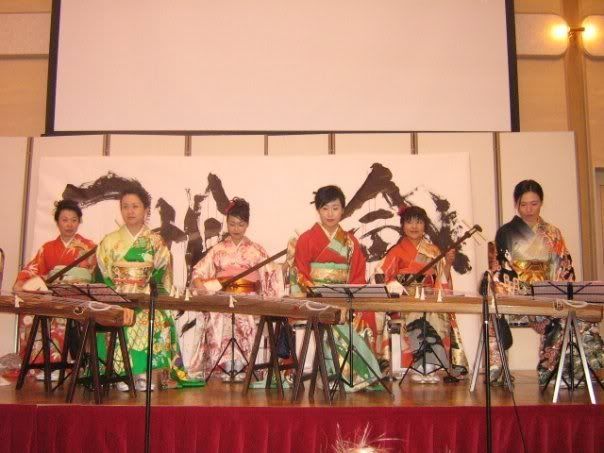
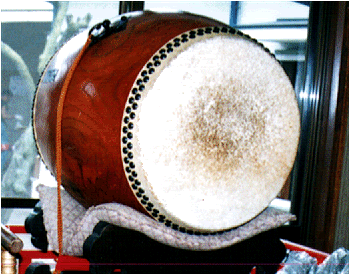



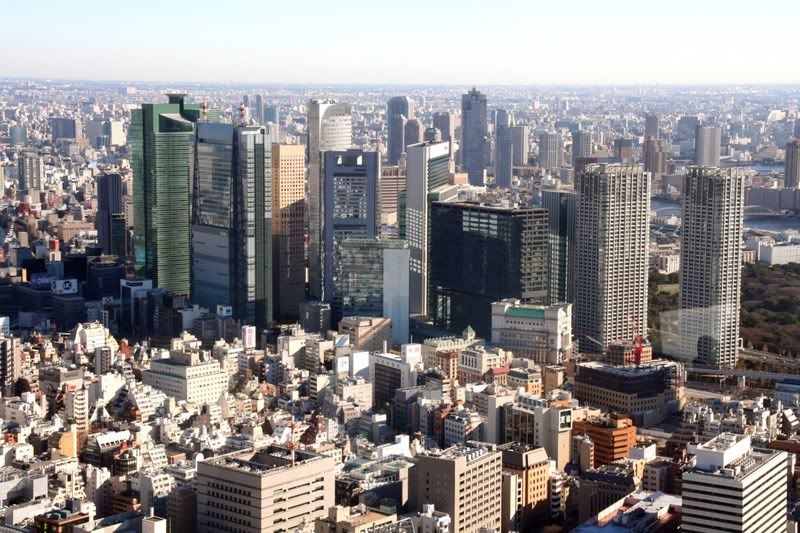

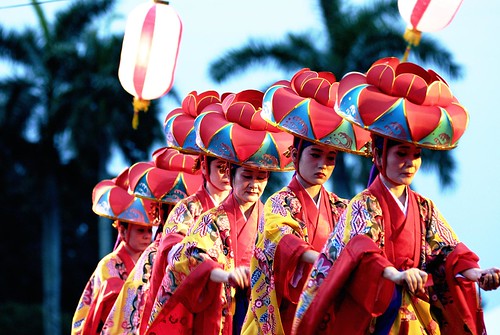

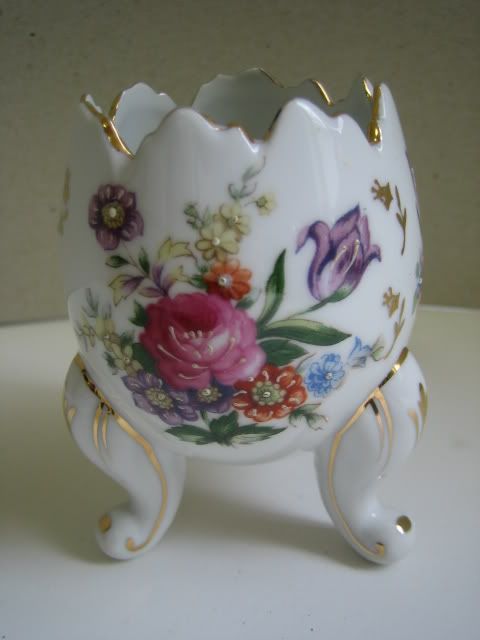





















![Reblog this post [with Zemanta]](http://img.zemanta.com/reblog_e.png?x-id=2dec14e6-ae23-41ce-aa96-15bbf63454d5)